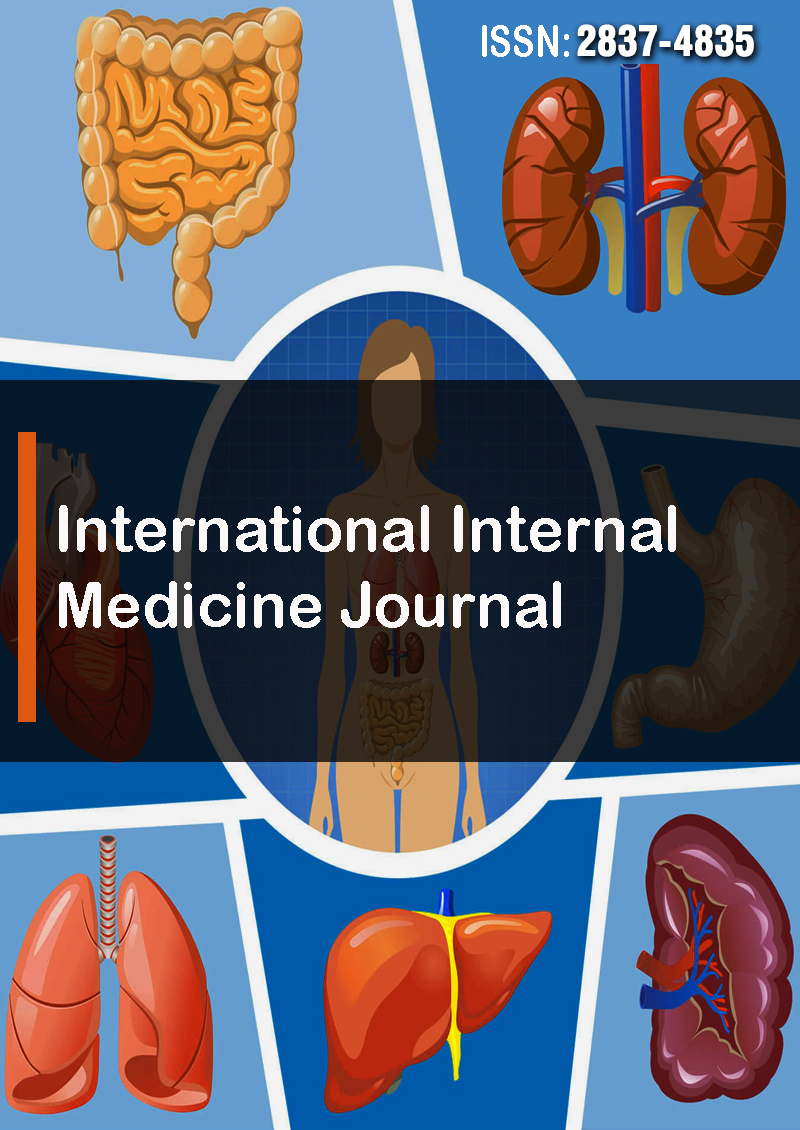Spatial Air Quality Assessment in Peninsular Malaysia: Insights from Environmetric Analyses and Artificial Neural Networks
Abstract
Mohd Suzairi Mohd Shafi'i and Hafizan Juahir
The research investigated the spatial distribution of air quality in Peninsular Malaysia to offer crucial insights for mitigating air quality degradation. Utilizing historical data obtained from the Malaysian Department of Environment, eleven years' worth (2011-2021) of daily readings of PM10, O3 , SO2 , NO2 , and CO from thirty-four monitoring stations were subjected to environmetric techniques and Artificial Neural Network analysis. HACA successfully classified seven stations into the High Pollution Cluster (HPC), seven stations into the Moderate Pollution Cluster (MPC), and twenty stations into the Low Pollution Cluster (LPC). The discriminant analysis demonstrated a correct assignment rate of 91.87%, suggesting that all five parameters were able to discriminate with a significance level of p<0.0001. Principal Component Analysis (PCA) revealed two Variance Factors (VFs) across all clusters, with cumulative variances of 69.43% (HPC), 82.32% (MPC), and 62.16% (LPC) respectively. Furthermore, employing a Multi-Layer Perceptron Feed-Forward Artificial Neural Network (MLP-FF-ANN) model to predict API readings yielded a significant and strong correlation, as indicated by R2 =0.7774 and RMSE=9.9048. These findings hold significant potential in informing the adoption of effective preventative and management strategies.



